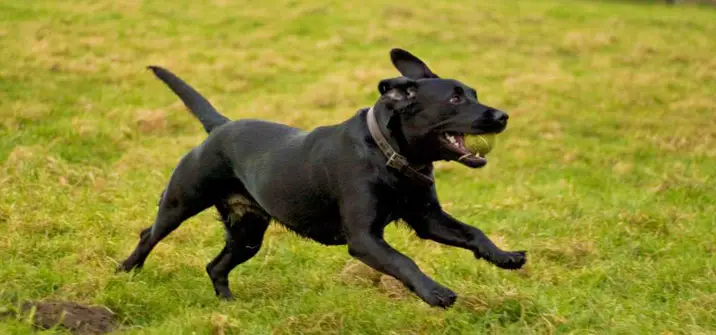The Labradinger is a cross between the Labrador Retriever and the English Springer Spaniel, two working breeds that have turned out to be cheerful, friendly, energetic family animals. The Labradinger is a medium-sized dog that has inherited its parent breeds' lively disposition, willingness to obey and eagerness to please. It is a breed that does not do well alone, and needs to be with its people as much as possible. The English Springer Spaniel came from the same litter as the English Cocker Spaniel, and it is easy to mistake one for the other. However, the two are distinctly separate breeds now, with the Springer having two more discrete lines, show and field. The show breed has occasionally been in reports as showing the rage syndrome. Spaniels are prized as hunters, primarily of bird, because of their nose, endurance, ability to 'spring' or 'flush' their prey, and soft mouth (the ability to carry prey in the mouth and deliver it intact).
Labradinger


